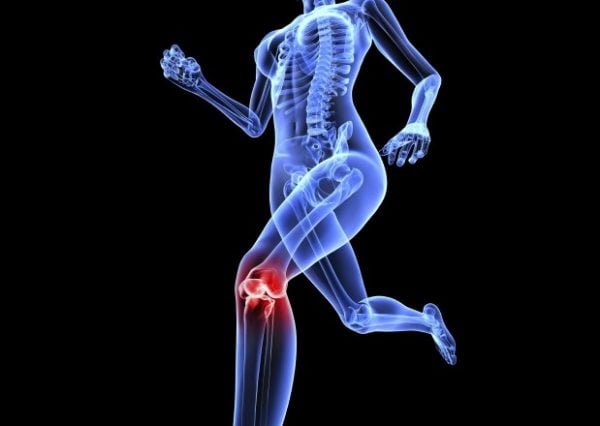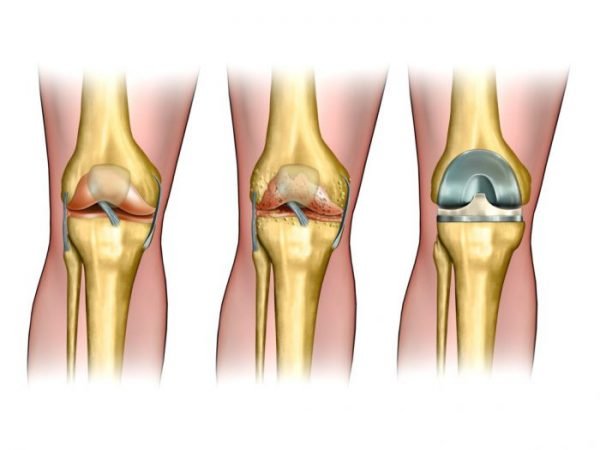ABOUT BUNION SURGERY
Bunion surgery is a surgical procedure performed to re-align a deformed joint which has formed in the foot. A bunion is a deformity of the big toe which causes the bone and tissue located around the joint to become misaligned and to stick out.
The cause of bunions is still widely disputed, however, it is believed that a bunion forms as a result of wearing tight shoes which apply pressure onto the toe and side of the foot. They may also be caused by arthritis or be a result of a genetic predisposition. Once a bunion has formed, it can cause pain and discomfort when wearing shoes and the skin may become irritated.
Bunion surgery is recommended for patients with a bunion or bunions which are causing pain or embarrassment and have not responded to non-surgical treatment.
Most commonly, bunion surgery involves operating on the largest joint of the foot, where the big toe joins with the ball of the foot. The procedure involves removing soft tissue and realigning the joint and bone to relieve pain, remove swelling and restore normal alignment and movement to the foot’s joint.
Recommended for
- Painful bunions
TIME REQUIREMENTS
- Number of days in hospital: 1 .
Overnight stay not required.
- Average length of stay abroad: 2 weeks.
- Number of trips abroad needed: 1.

COMPARE BUNION SURGERY PRICES AROUND THE WORLD
| Country | Cost |
|---|---|
| United Kingdom | 6140€ |
| India | 2692€ |
| Spain | 1900€ |
| Croatia | 1700€ |
| Poland | 1589€ |
| Mexico | 1118€ |
| Tunisia | 1000€ |
| Hungary | 750€ |
HOW TO FIND QUALITY TREATMENT ABROAD
BEFORE BUNION SURGERY ABROAD
Before surgery, the doctor will check the overall health of the patient, to ensure they are healthy enough to undergo surgery.
An X-ray of the lungs is usually taken, as well as cardiogram performed to check heart function. Urine and blood samples may also be taken. Once cleared for surgery, the doctor will advise to refrain from taking any blood thinning medications for the two weeks leading up to surgery.
HOW IS IT PERFORMED
The patient is usually administered with a local anesthetic in the foot and some patients may also be given sedation. There are a number of surgical options for bunion removal. The surgery involves making an incision along the bunion.
An osteotomy procedure involves the surgeon cutting open the big toe joint and realigning it to a normal position.
An exostectomy procedure is the removal of the bunion from the joint without aligning it.
Alternatively, an arthrodesis procedure is where the surgeon replaces the damaged joint with screws or metal plates to correct the deformity.
Anesthesia
Local anesthetic.
Procedure duration
The Bunion Surgery takes 30 to 60 minutes.

WHAT TO EXPECT AFTER BUNION SURGERY
Post procedure care
Patients are usually required to wear a surgical boot for the initial two weeks after surgery.
Possible discomfort
Discomfort and swelling in the lower leg, that continues for several weeks after surgery is to be expected.
IMPORTANT THINGS TO KNOW ABOUT BUNION SURGERY
Success rates
90% of sufferers report a full recovery without complications.
Potential risks
- Bleeding
- Blood clots
- Blood vessel or nerve damage
- Infection
- Stiffness
- Recurrence















